I was just about to walk onstage to deliver my message at a speaking event in Linesville, PA, when I felt a sudden pop in my back—just behind my left kidney. Bible in hand, I had just whispered amen after praying that God would guide my words as I prepared to teach on the compassion of Christ from Luke 7.
From the stage, our worship leader and my dear friend, Mia, finished her set and announced, “Now please welcome our Bible teacher, Heather Dixon.”
And then—I felt the pop.
The moment it happened, I knew exactly what it was. Almost ten years into my diagnosis of Vascular Ehlers-Danlos Syndrome, I’ve come to recognize the signs of a new vascular complication. What I didn’t know was how much internal damage this one might bring.
I call them pop-and-burn episodes—because that’s what they feel like. I’ll experience a popping sensation in my back or abdomen and then a burning, aching, radiating pain in the surrounding area follows.
These episodes happen a few times a year. I’m usually standing still, not moving, and not exerting myself in any way. The episodes are random and spontaneous. Because that’s the nature of my genetic disorder. My body is prone to spontaneous rupture.
In that moment a few weeks ago, I had two choices: back out of my responsibility to walk onstage and teach the Word… or take a deep breath, plant one foot in front of the other, and do what I came to do.
So, I looked up, drew in a steady breath, opened the door, and stepped onto the stage.
This story isn’t really about my pop-and-burn episode. It’s about something deeper.
I was prepared to teach on Luke 7 for this event and it’s one of my favorite chapters to teach. In it, Jesus meets a widowed woman from the town of Nain as she walks the road to bury her only son. Moved with compassion, He speaks two of the most tender words to me in all of Scripture: “Don’t cry.” Then He does the unimaginable—He raises her son to life and gives him back to her.
This miracle—one of only three resurrections Jesus performed during His earthly ministry—spreads quickly, as eyewitnesses carry the news throughout the surrounding region.
The Bible teacher in me has always loved framing this passage within the context Luke provides. Just before this moment in Nain, Jesus heals the Roman centurion’s servant—not because of proximity or status, but because of his great faith. And layered on top of that, there’s an unmistakable callback to 1 Kings 17, when the prophet Elijah raises another widow’s son in Zarephath. That story would’ve been familiar to the Jewish audience in Nain. In fact, Jesus Himself references it earlier in Luke 4.
Taken together, these stories form a powerful truth: Jesus came to save all of humanity, not just the people of Israel. His compassion knows no boundaries. We cannot outrun it.
But on the morning of my pop-and-burn episode, the Lord woke me with a deeper conviction—a nudge to teach Luke 7 a little differently.
I sat with Luke 7 all day in prayer and study, slowly realizing that this story in Nain is more than just a miracle of resurrection.
It’s a retelling of the gospel.
The widow’s sorrow points to the brokenness we all carry—brokenness that lingers because of sin’s presence in our world. But Jesus came to reconcile us to the Father through His death and resurrection. His compassion doesn’t just restore—it resurrects. He brings eternal life, yes. But He also brings resurrection life into our present: into our circumstances, our relationships, and the ongoing work of sanctification in our hearts.
And those who witness that kind of life can’t help but share it.
That was the message the Holy Spirit impressed on me to share in Linesville. Not just a teaching on the compassion of Christ—but an invitation to see the gospel anew.
So, with the help of my right-hand girl Hannah, we reworked some of my teaching points, edited the slides, and refined the transitions to reflect that shift.
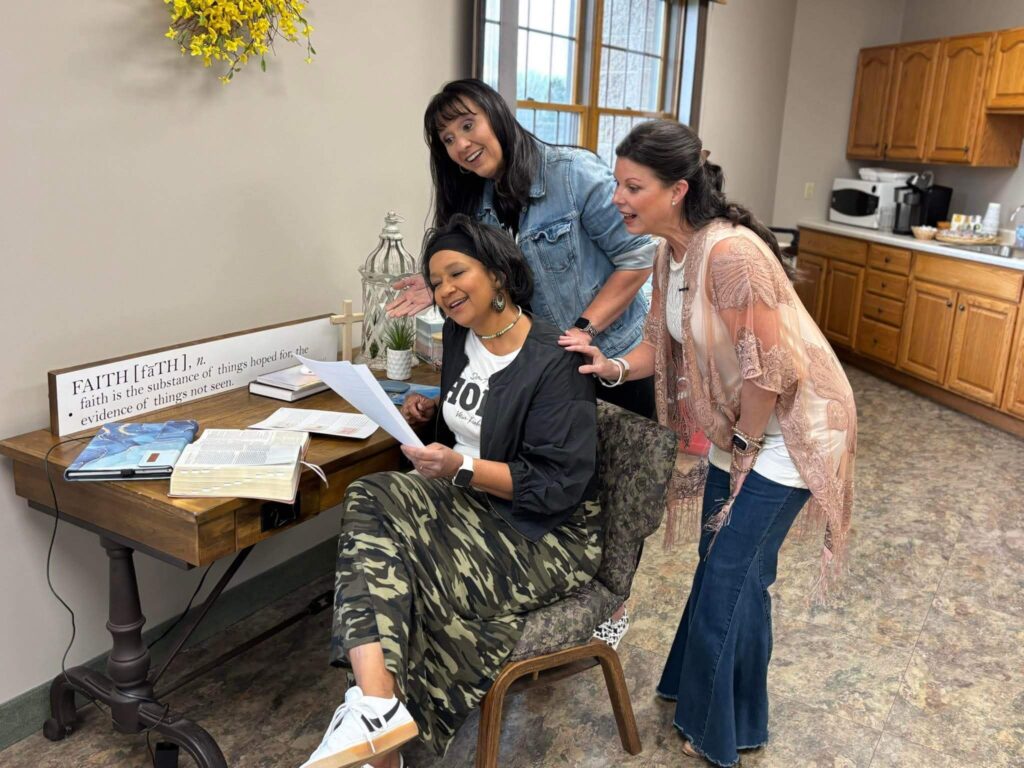
With that awareness—the gospel story reshaped in my heart and a burning pain pulsing through my side—I stepped onto the stage, just moments after the pop-and-burn episode began.
As I walked forward, I felt the familiar sensation spread through my left flank, radiating toward the front of my abdomen. I tried to push the questions out of my mind:
What has ruptured this time? Is it small, or will I need to head to the ER as soon as I’m done? Will rest and ice be enough, or will this require something more? Am I making the right decision by walking onstage at all?
But praise God—He gave me clarity and peace to deliver the message without hesitation. And in His kindness, adrenaline served as a temporary, God-given pain reliever.
The moment I opened my Bible, the fear faded. All I felt was peace. Assurance. I knew I was exactly where I needed to be, doing exactly what I was called to do.
Thirty minutes later, I stepped off the stage and told our team I had experienced a vascular complication. My vitals were stable. The pain was manageable. We wrapped the event and checked into our hotel, where I iced my back and, gratefully, got a full night of rest.
The next morning, we drove to Plum, PA, to host the third event of the weekend. I felt much better after a night of rest and was able to teach again without issue. That evening, we checked into our final hotel before heading home.
And that’s when my body let me know: this pop-and-burn episode wasn’t over.
I’ll spare you the details of another long, painful night. But once I made it home after an early flight out of Pittsburgh, I messaged my doctor, who quickly ordered a CT scan.
The results confirmed what I had suspected: the vascular complication had caused a partial kidney infarction.
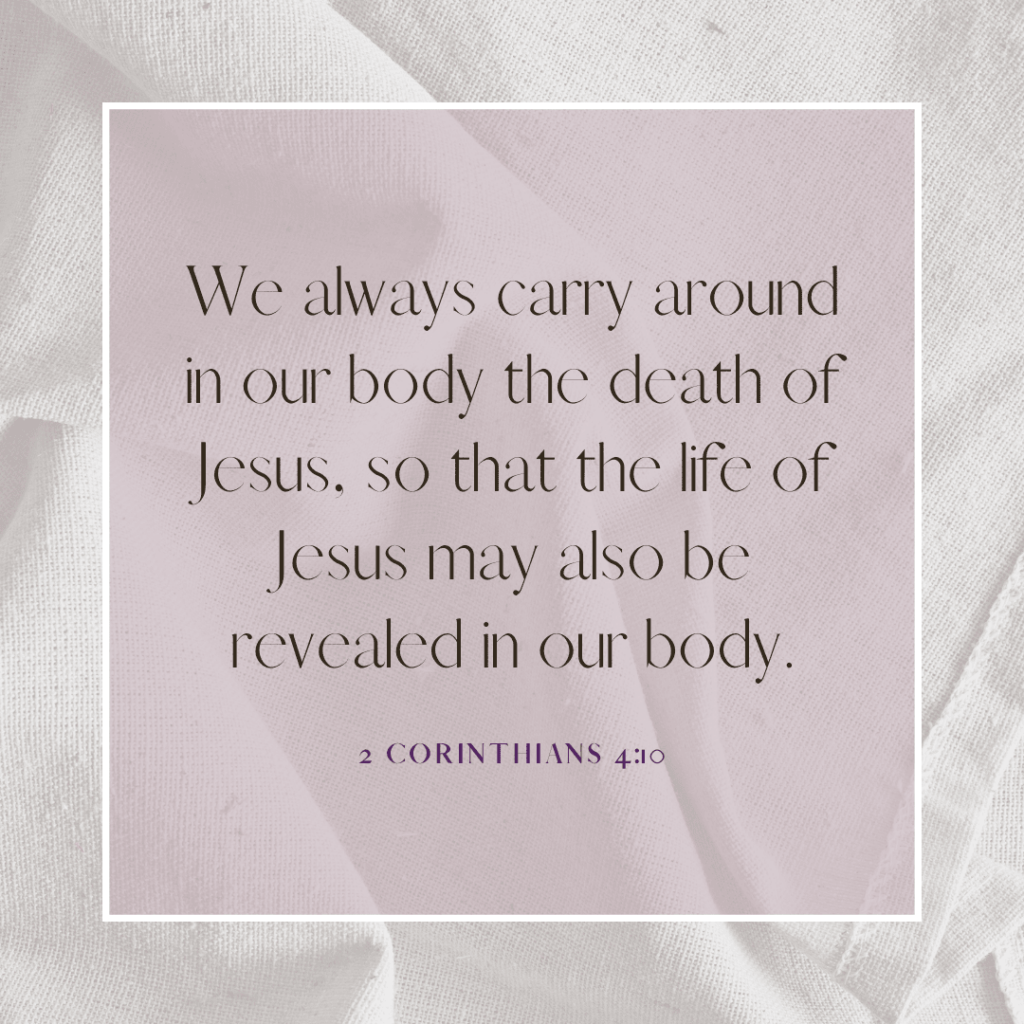
This isn’t my first rodeo with kidney infarctions. Back in 2015, I lost 10% of the tissue in my right kidney due to a partial infarction.
In simple terms, a kidney infarction occurs when the blood supply to the kidney is interrupted, causing tissue loss—or more specifically, tissue death.
We won’t know how much tissue I’ve lost this time until my second round of scans, but already there is reason to praise. My most recent scan showed that the kidney is healing, and there’s no indication of significant damage to the left side. I’ve remained in close communication with my doctor, and thankfully, this episode didn’t require hospitalization.
I’ve spent the past few weeks resting, recovering, and healing—and I’m so grateful to say that as I write this, I feel almost back to normal.
Through it all, the Lord brought a particular passage to mind—one that’s carried me through more than once.
2 Corinthians 4:7–18
7 But we have this treasure in jars of clay to show that this all-surpassing power is from God and not from us.
8 We are hard pressed on every side, but not crushed; perplexed, but not in despair;
9 persecuted, but not abandoned; struck down, but not destroyed.
10 We always carry around in our body the death of Jesus, so that the life of Jesus may also be revealed in our body.
11 For we who are alive are always being given over to death for Jesus’ sake, so that his life may also be revealed in our mortal body.
12 So then, death is at work in us, but life is at work in you.
13 It is written: “I believed; therefore I have spoken.” Since we have that same spirit of faith, we also believe and therefore speak,
14 because we know that the one who raised the Lord Jesus from the dead will also raise us with Jesus and present us with you to himself.
15 All this is for your benefit, so that the grace that is reaching more and more people may cause thanksgiving to overflow to the glory of God.
16 Therefore we do not lose heart. Though outwardly we are wasting away, yet inwardly we are being renewed day by day.
17 For our light and momentary troubles are achieving for us an eternal glory that far outweighs them all.
18 So we fix our eyes not on what is seen, but on what is unseen, since what is seen is temporary, but what is unseen is eternal.
In this passage, Paul uses a striking analogy to describe our physical bodies: jars of clay. In the ancient world, clay jars were ordinary, inexpensive, and easily broken—common containers for everyday use. Yet Paul says that within these fragile vessels lies something extraordinary: “this treasure”—the all-surpassing power of God.
That treasure isn’t physical strength, healing, or even endurance. It’s the gospel of Jesus Christ. The power that raised Christ from the dead now dwells within us—not to preserve our bodies from hardship, but to display God’s glory through our weakness.
Paul then names four kinds of suffering that believers often endure and pairs each one with a profound declaration of hope:
- Pressed, but not crushed.
- Perplexed, but not in despair.
- Persecuted, but not abandoned.
- Struck down, but not destroyed.
Each phrase holds tension: the reality of suffering, yet the refusal of defeat. This is not toxic positivity or blind optimism—it is rooted resilience that flows from the presence of Christ within us. The same power that sustained Paul in his suffering is available to us through the Holy Spirit.
As I rested and waited on healing—knowing that part of my kidney tissue was dying—this verse in particular echoed in my heart:
2 Corinthians 4:10
“We always carry around in our body the death of Jesus, so that the life of Jesus may also be revealed in our body.”
This is the mystery and beauty of the gospel: in our physical frailty, in every diagnosis and setback, we are participating in both the suffering and the life of Christ.
Even as my body faltered again, God was faithful to sustain my spirit with the unshakable truth of His Word.
I write this for those of you who are walking through suffering—even today. For those living with chronic illness or daily pain. For those carrying the weight of physical limitations, diagnoses, or bodies that don’t cooperate with your plans.
Friend, your suffering is not meaningless. It has a purpose—even when you can’t see it yet, and even when it feels like it’s unraveling everything familiar.
In 2 Corinthians 4, Paul calls us to lift our eyes beyond what’s happening in our physical bodies and see with the lens of eternity. He doesn’t dismiss our pain; he acknowledges it. “Outwardly, we are wasting away…” Yes. These bodies groan. They weaken. They break.
But that’s not the end of the story.
Paul reminds us: “…yet inwardly we are being renewed day by day.” God is doing a hidden, holy work inside of you—even as your body aches. His Spirit is actively restoring your soul, shaping your character, and preparing you for a glory that far outweighs this present moment.
Scripture never promises that believers will be exempt from hardship. But it does promise that hardship will not have the final word. Jesus does.
So if you’re weary today, know this: you are not forgotten. You are not alone. You carry treasure, even in a fragile jar of clay that is our physical body. And the life of Jesus is being revealed in you—through every step, every sigh, every surrendered breath of faith.
You are not alone.
If you find yourself navigating the quiet ache of illness, the exhaustion of a chronic condition, or the heaviness of a body that feels like it’s failing you—please hear this:
You are not alone in your suffering.
You are not forgotten in your weakness.
And your story is not over.
Scripture is filled with people who were well-acquainted with hardship—Paul being one of them. He didn’t write these words from a mountaintop of comfort, but from a life marked by affliction, persecution, and physical suffering. And yet, he clung to the hope that God was at work in it all.
So can you. So can I.
You don’t need to hide the cracks or pretend you’re fine. Those very cracks may be the clearest places where the light of Christ shines through. The gospel isn’t just good news for your soul—it’s good news for your today. For the MRI results. For the sleepless nights. For the prayers that haven’t been answered the way you hoped.
You are being renewed, even now. Not in spite of your suffering, but through it.
This is the beautiful paradox of the gospel: though our outer bodies may fail, our inner lives are being filled with the life of Christ.
This pop-and-burn episode didn’t end in emergency surgery or extended hospital stays. But even if it had, the truth of 2 Corinthians 4 would remain. My body may be wasting away—but my spirit is not. The treasure still shines.
And yours does too.
This is the way of the cross. Death, then life. Suffering, then resurrection. Weakness, then glory. It doesn’t always come in the order or timing we’d choose. But it always comes with purpose.
So we do not lose heart.
We walk forward—even if it’s with a limp, even if it’s slow. We carry the gospel in these fragile jars of clay, knowing that the power within us is not our own. It’s His.
And that is more than enough to get us through this day.
If this post resonated with you, you might enjoy my favorite verses to pray when you don’t like your story. Grab them here and be encouraged with the hope of God’s Word..
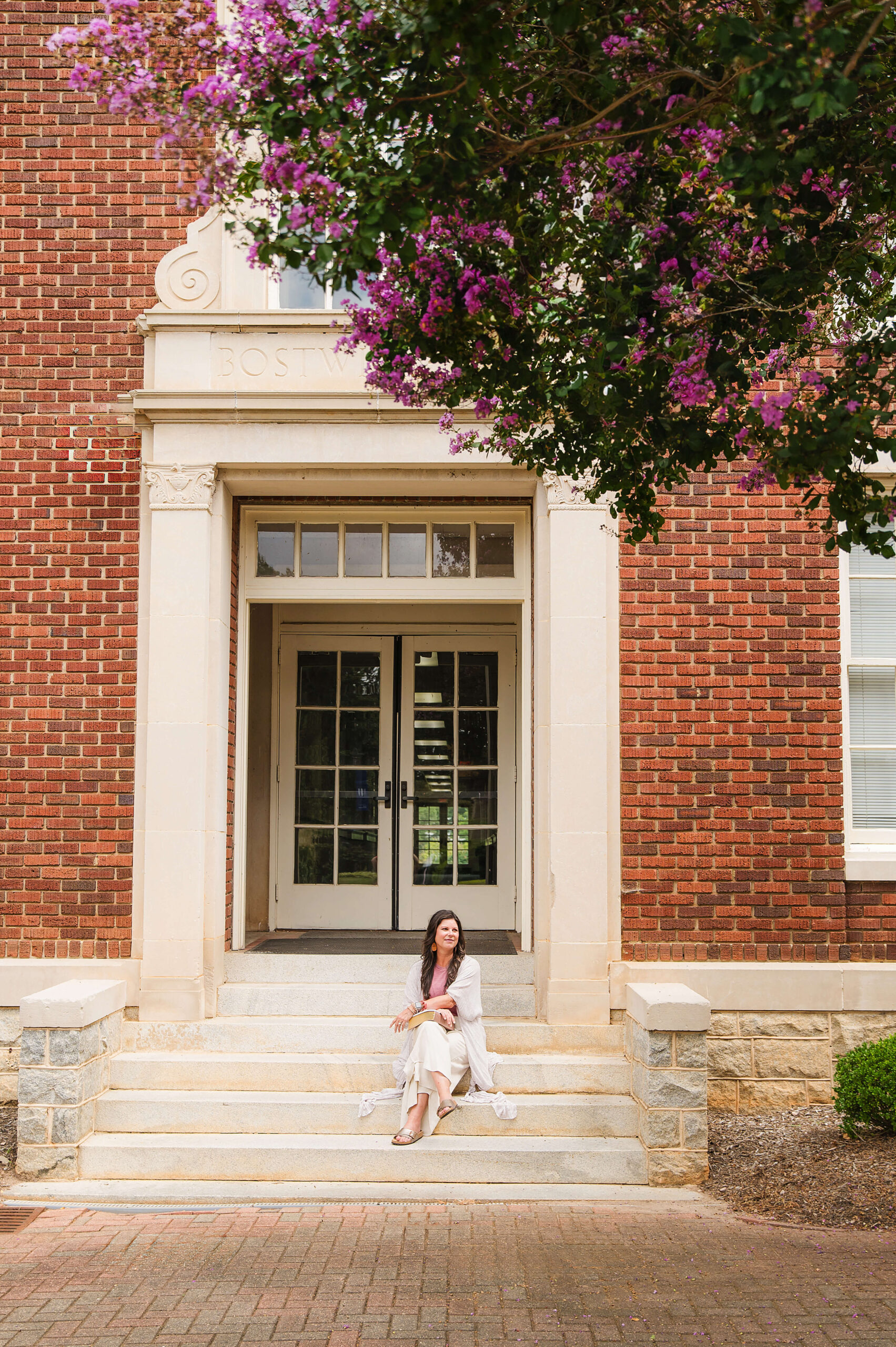
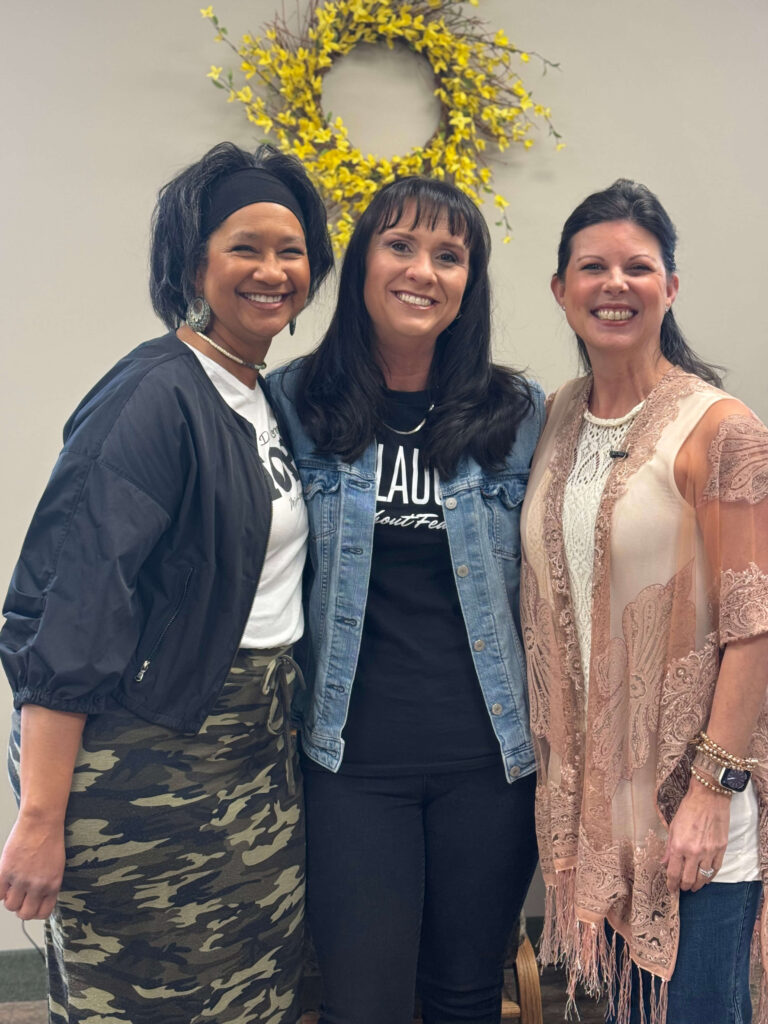
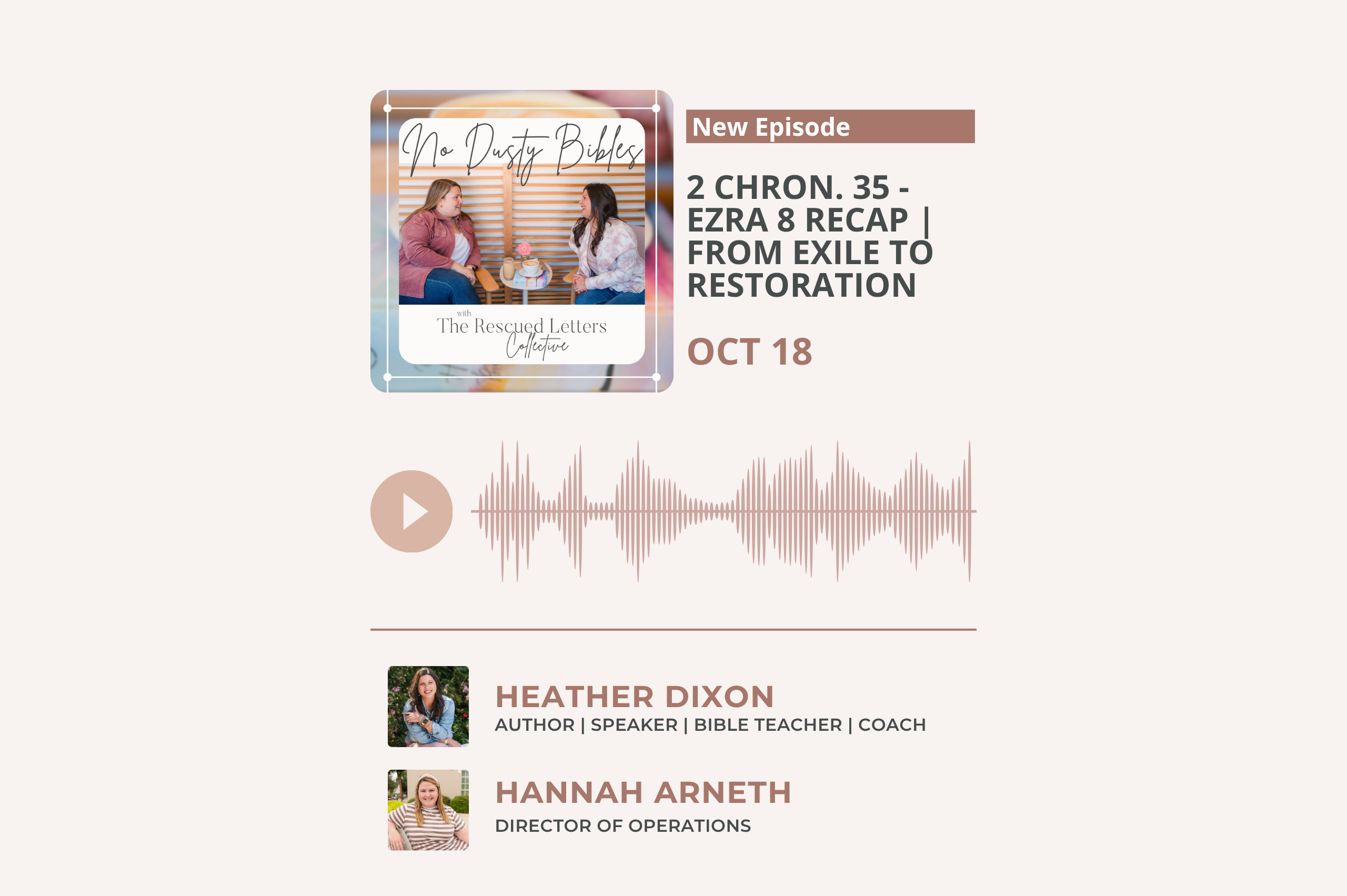
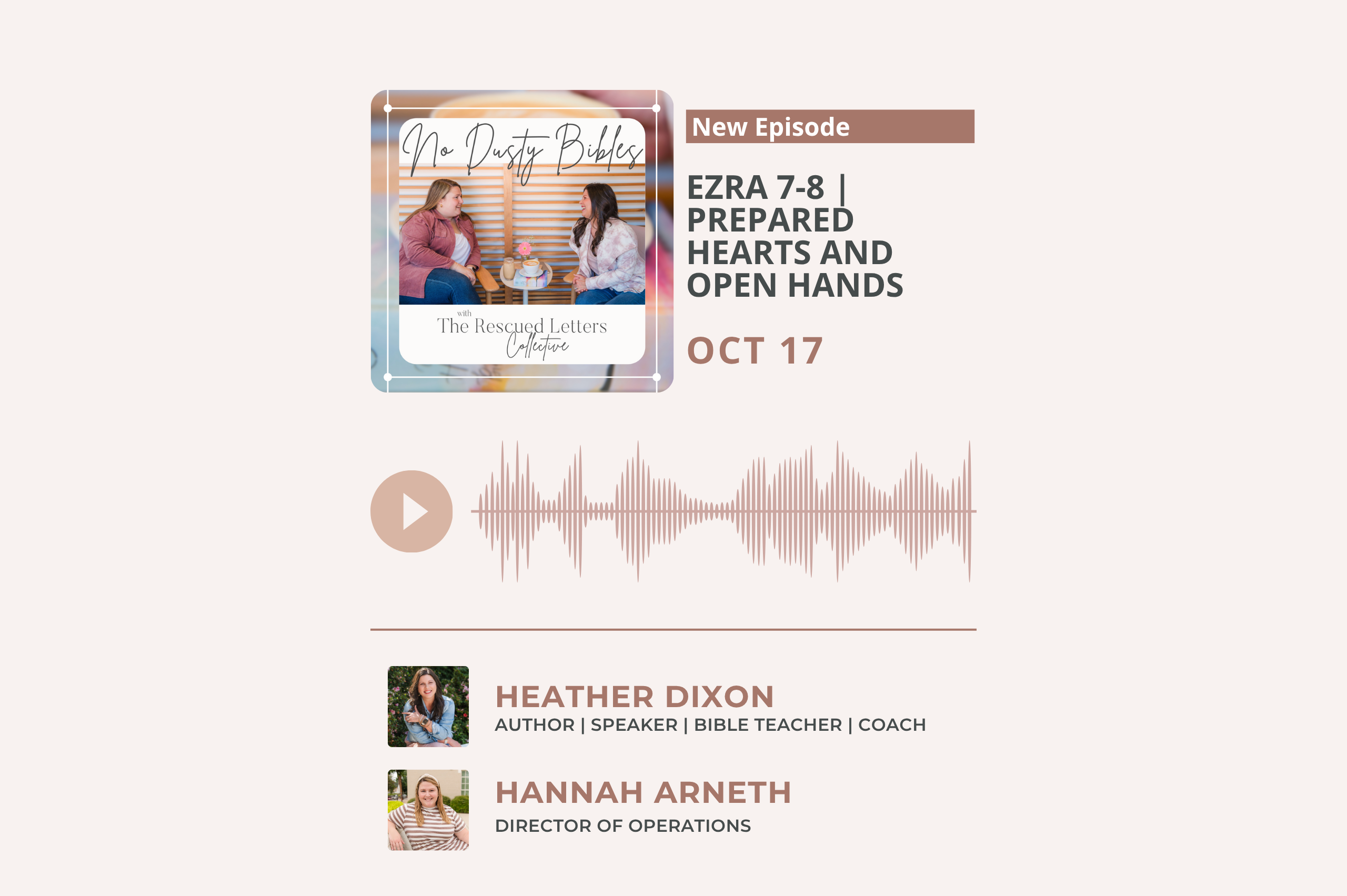
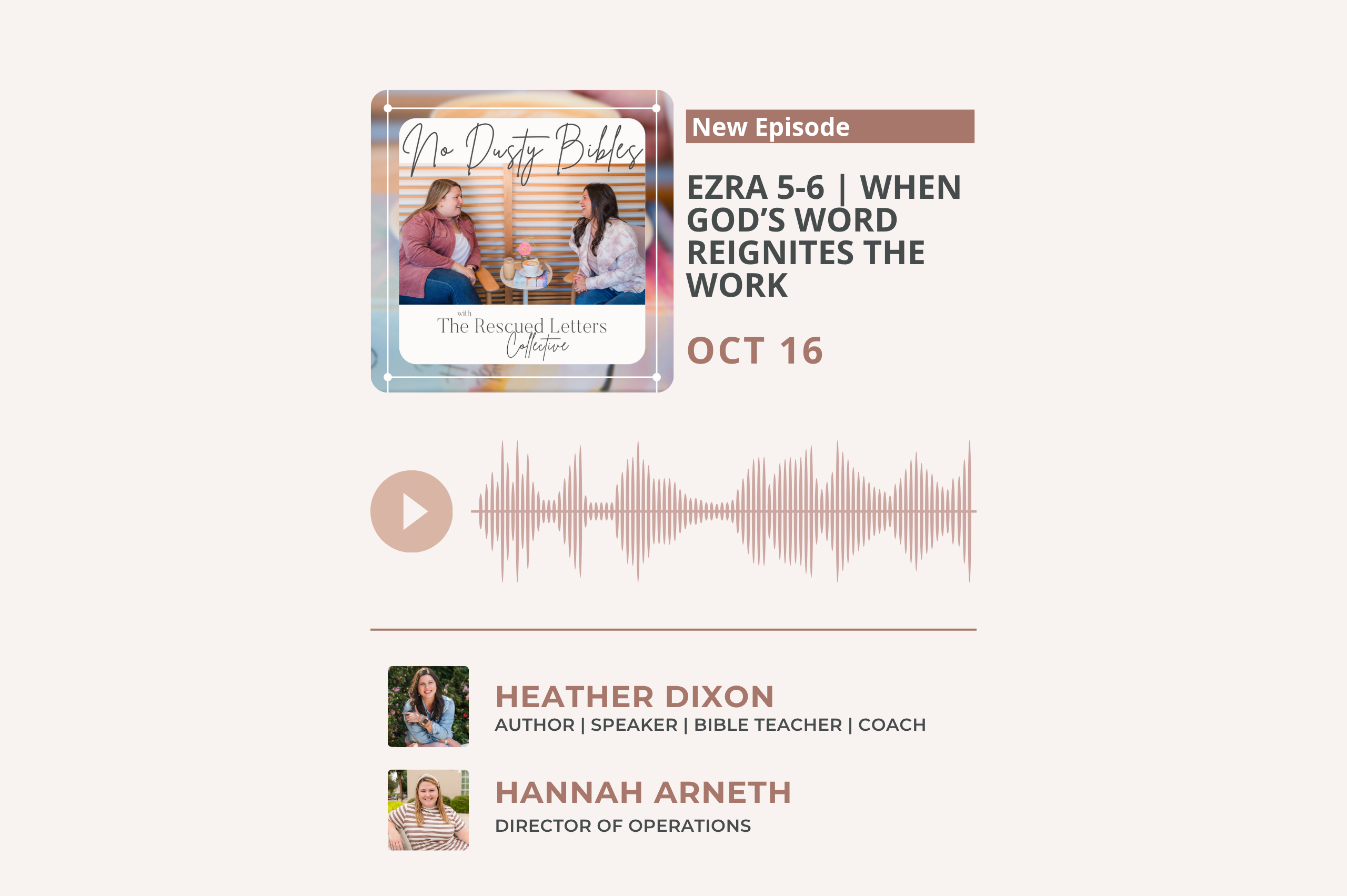
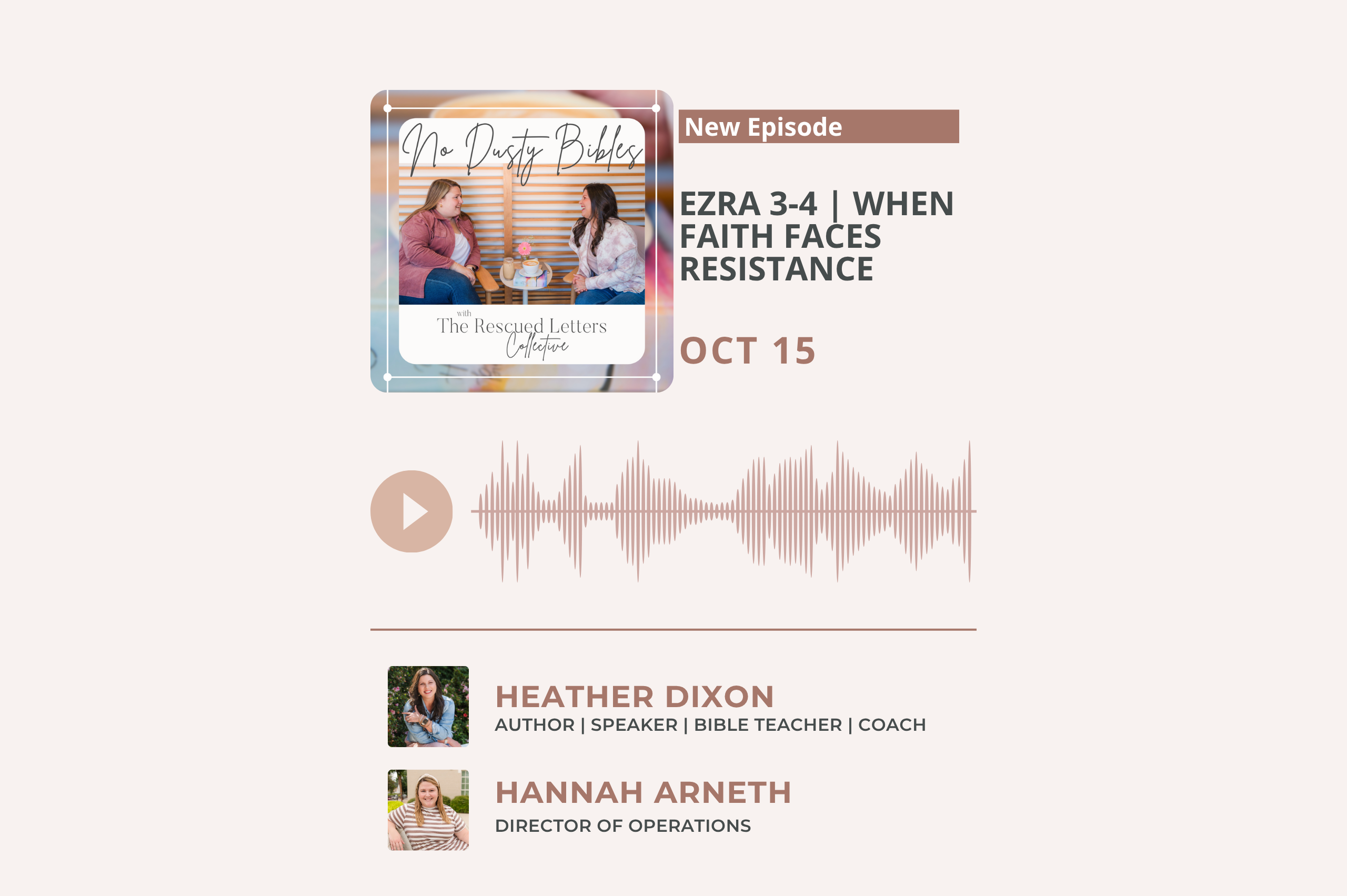
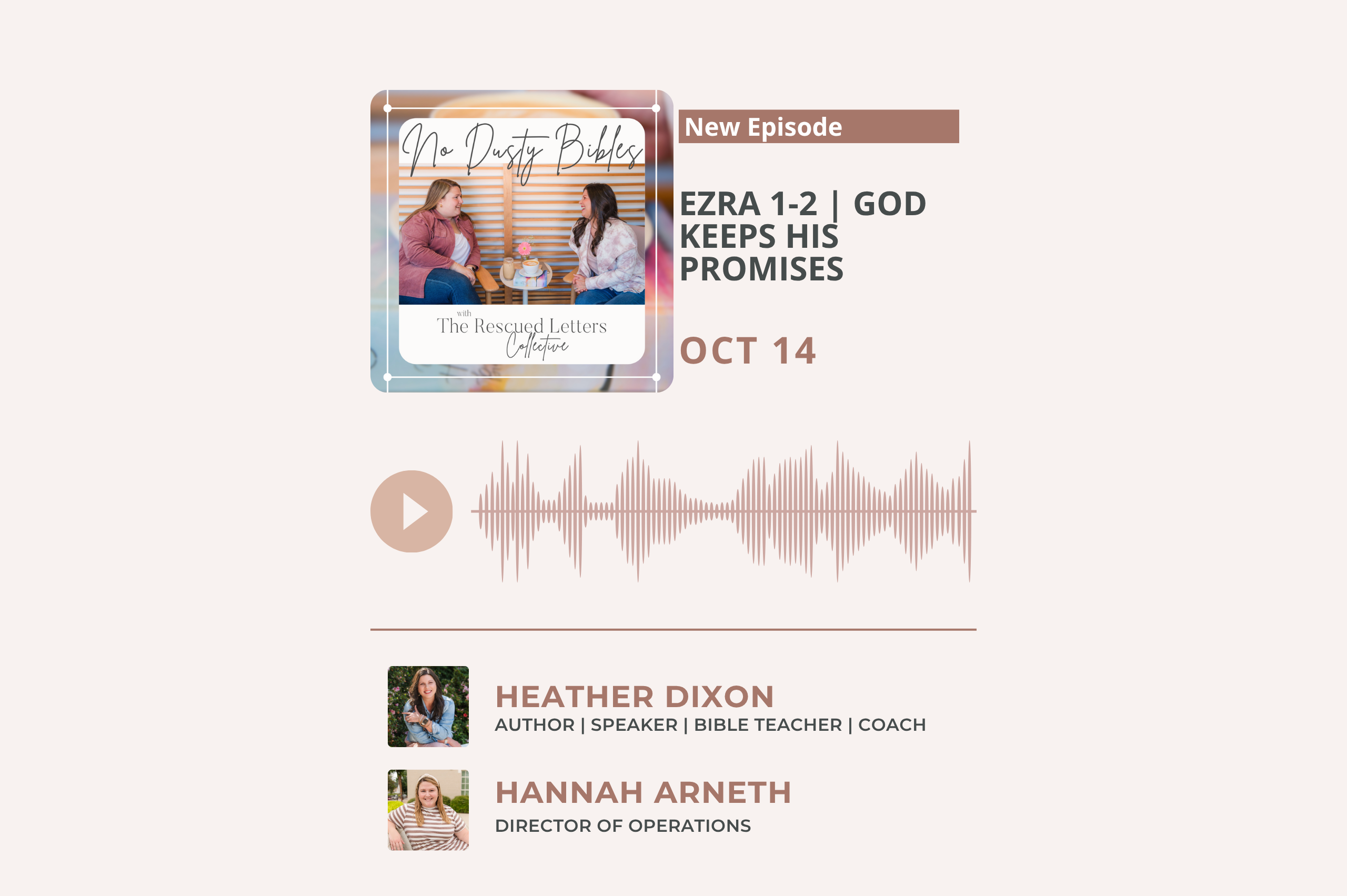
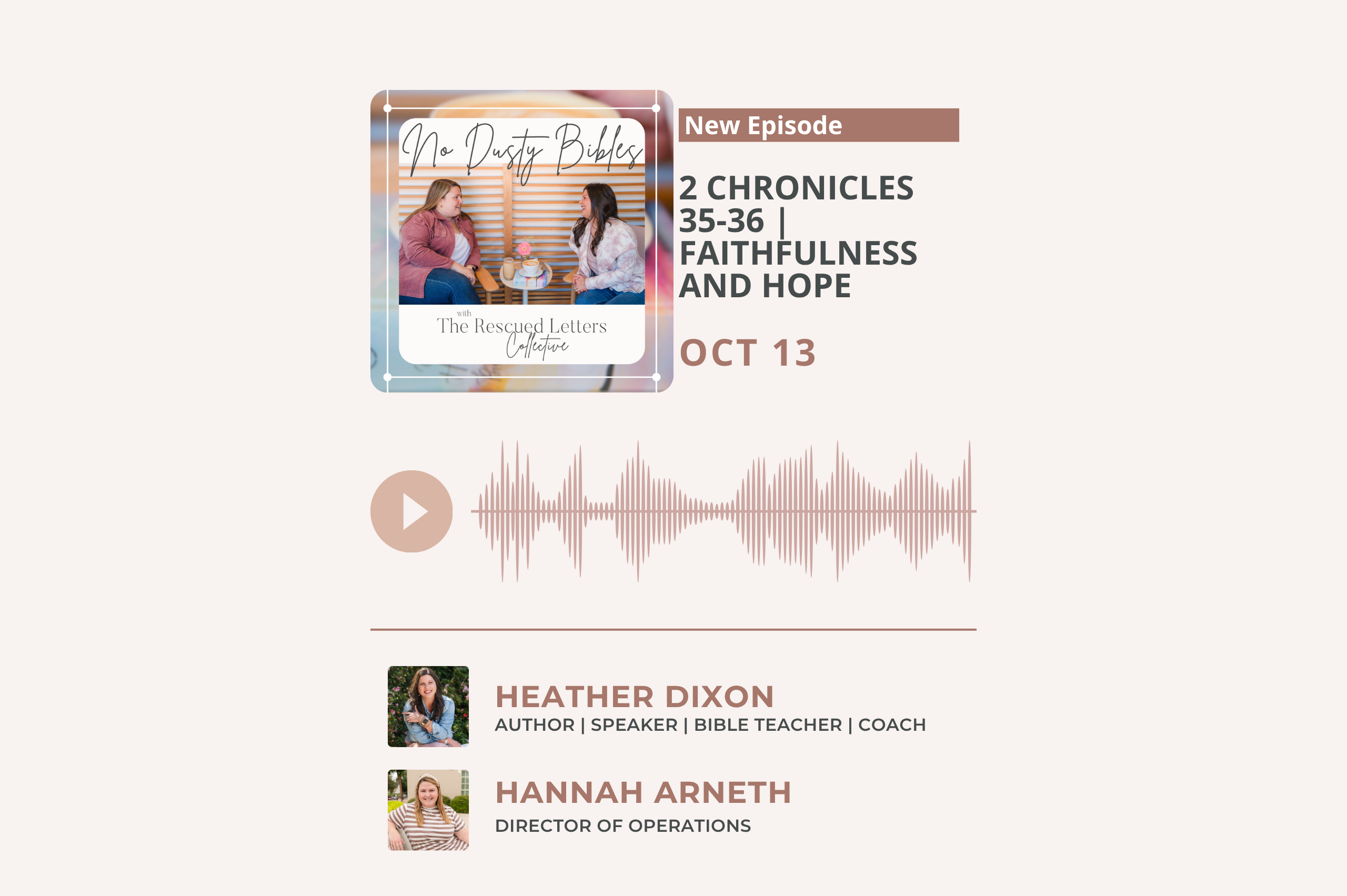
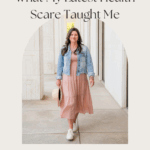
What bravery you showed stepping onto that stage! In suffering, in spite of great pain, I learned if I can just raise my hand to praise the Lord He will bring the peace. My tiny mustard seed of faith is all that is required & honestly all that I can muster the strength for in a painful time. Only He has the words of eternal life, only He has power over my situation. He promises beauty for the ashes and this faith & beauty resonates thru your story, Heather. Thank you for sharing. I met you in SW Florida before hockey playoffs & continue to pray for you, your health & your faith & ministry. ❤️
“Just raise my hand to praise the Lord” – YES. That’s enough. It was a blessing to meet and serve you in FL, Shelly. I am living proof that prayer changes things – thank you for your kindness in praying. May God’s presence be tangibly near to you in every day. Rooting for you always.